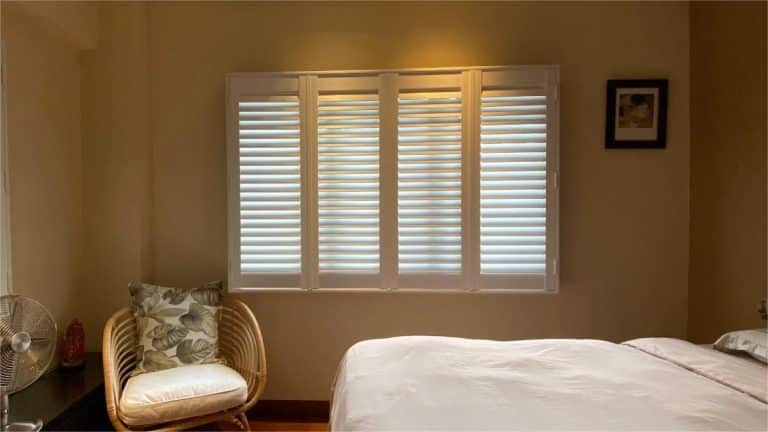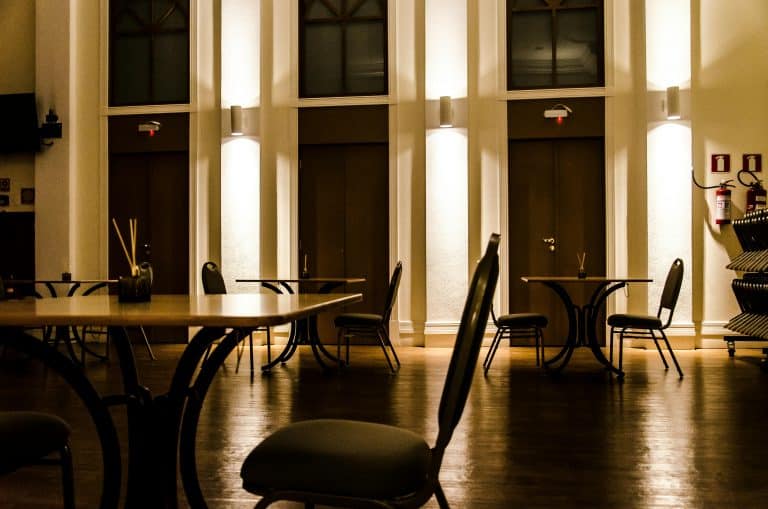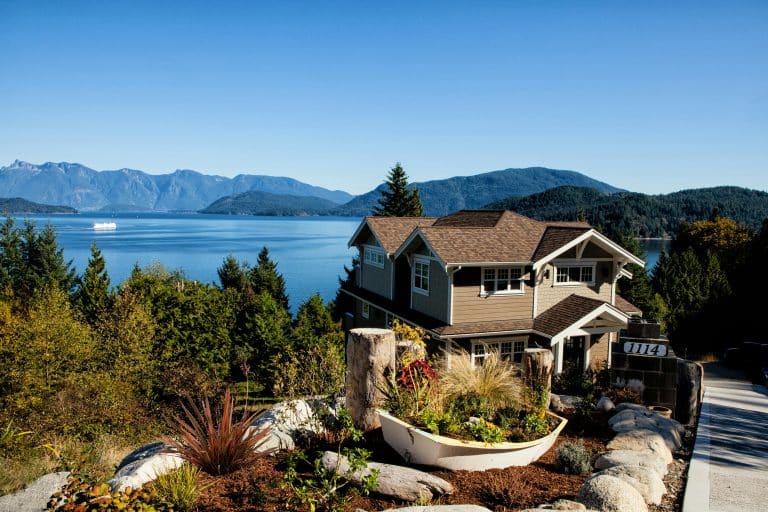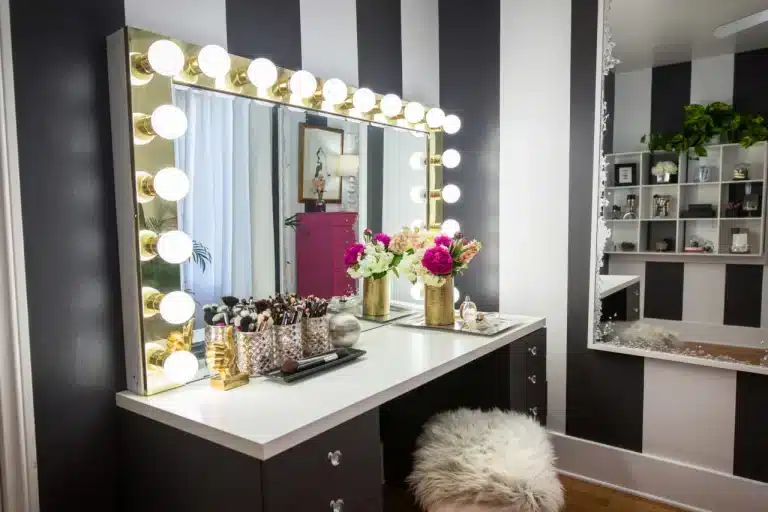Plantation shutters are a popular window treatment that consists of hinged panels mounted onto a solid frame. They add an elegant touch to any space, and on the functionality side, they provide many benefits, including light and privacy control, temperature regulation, sun protection, and noise reduction.
If you’re planning to invest in this type of window covering for your home, here are a few things you’ll need to consider to ensure you get the best out of your purchase:
1. Louvre size

Aesthetically speaking, large louvres go better with bigger windows and rooms, and give off a more contemporary look. Smaller louvres, on the other hand, are best with tighter windows and traditional-style interiors.
The option you choose ultimately comes down to whichever size appeals to you most and complements your home’s overall aesthetic.
2. Material
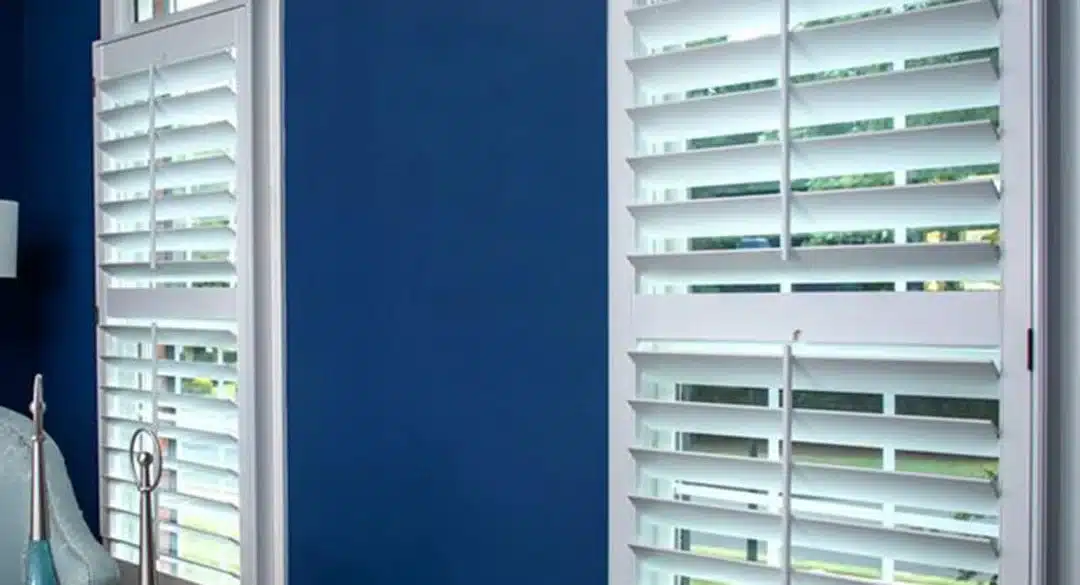
For example, wood is often the top choice for many people because of its natural, warm feel, and sturdy construction.
However, it’s highly susceptible to moisture and humidity. So, you want to steer clear from it in areas where those elements are always around, like the bathroom, kitchen or garage, and instead opt for something like PVC.
3. Style
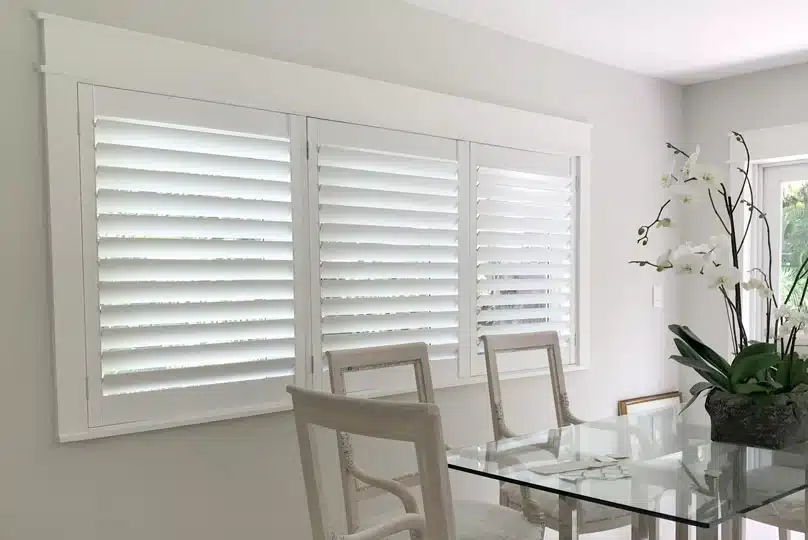
- Full height: Covers the entire window from top to bottom. It’s perfect for larger windows or rooms with high ceilings.
- Tier on tier: Often called double-hung shutters, these are separated into top and bottom sections that can be opened and closed independently.
- Café style: This is when shutters cover only the bottom half of the window.
The main difference between these styles is the level of privacy and light control you want for each room. For instance, full-height shutters would work best in the bedroom or bathroom, where you need more privacy.
In contrast, café style or tier-on-tier shutters are a better fit for living, dining rooms or studies because they afford you plenty of natural light and outside views.
4. Visible or Hidden Tilt Rods
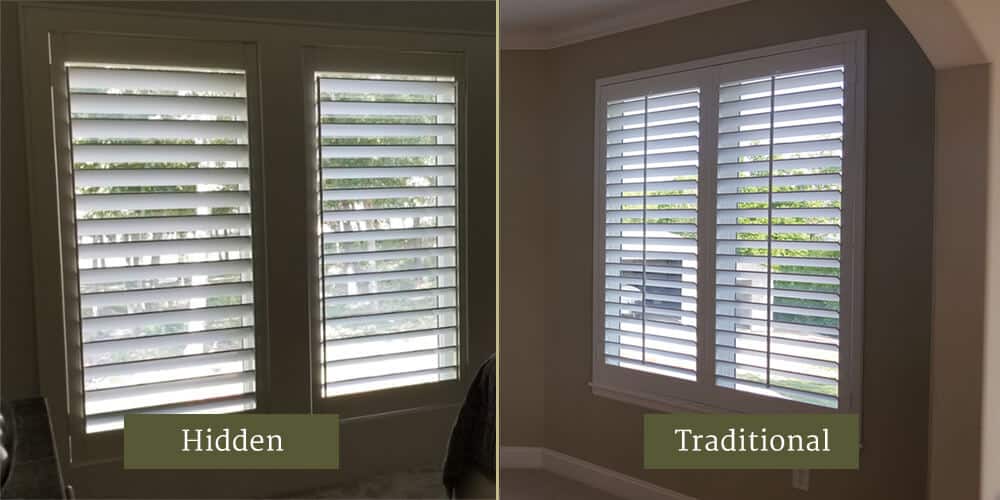
Visible
Traditional plantation shutters have visible vertical rods installed on the front of the shutter panel and running down the middle of each louvre, allowing you to operate all of them together.
Visible tilt rods are usually a great fit for vintage and classic-styled interiors. However, they do somewhat obstruct the view through your window. Also, people tend to grab them to open the shutters all the way, which can cause them to break down or lose their alignment over time.
Hidden
Hidden tilt rods have a modern, sleek design. Here, the mechanism is concealed within the shutter panel, so you can’t see it.
Homeowners with contemporary or minimalist interiors favour this type of tilt rod because it makes the shutters look cleaner and uncluttered. Since they’re not exposed, hidden tilt rods also offer a better view and less interference when opening and closing the panels. You can adjust the louvres by tilting one, and the rest will follow.
5. Proper Installation
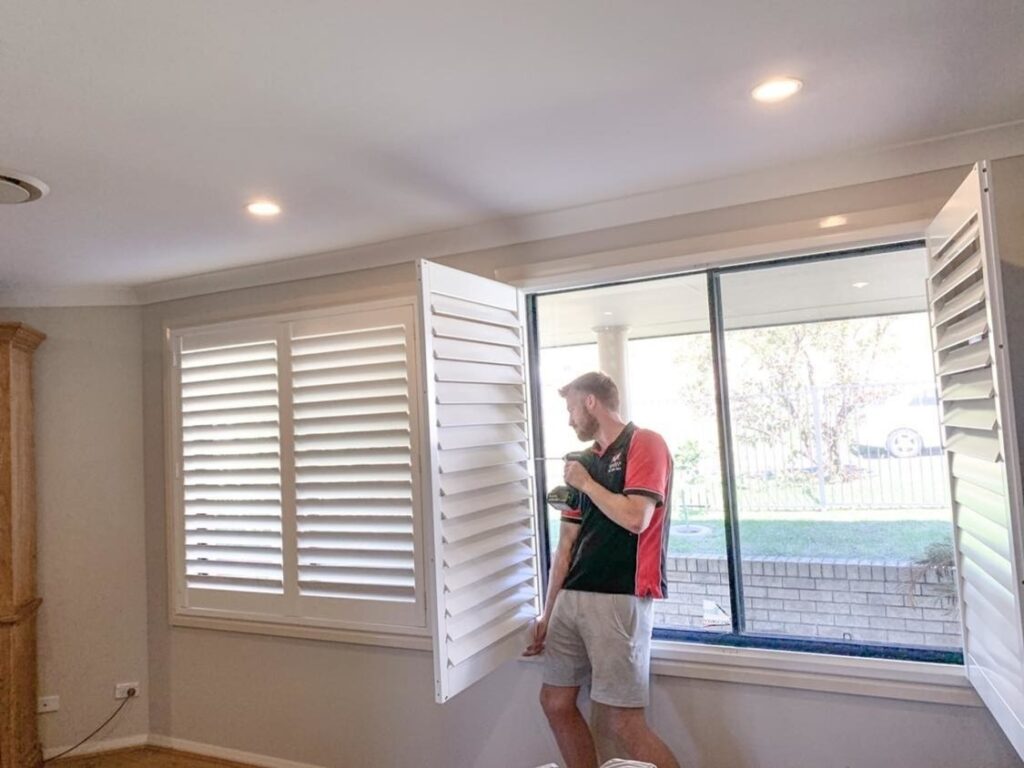
To guarantee all that, you should have a professional install them to ensure they’re done according to the manufacturer’s recommendations. Better yet, when shopping for plantation shutters, prioritise companies that make, sell and install their own products and offer warranties on their work. This shows their confidence in the quality of their shutters and installation services, and you can usually trust their expertise.
Remember, unless you have outdoor blinds, your plantation shutters will be taking 100% of the sun’s impact and harsh weather conditions. So, they have to have been strongly built and properly installed to last long.
Plantation Shutters: An Investment Worth Making
Buying plantation shutters for your home is a decision that will consistently add value to it.
Mind the above considerations before making your purchase, and you’ll have stunning, functional and durable window treatments that’ll serve you for years.

